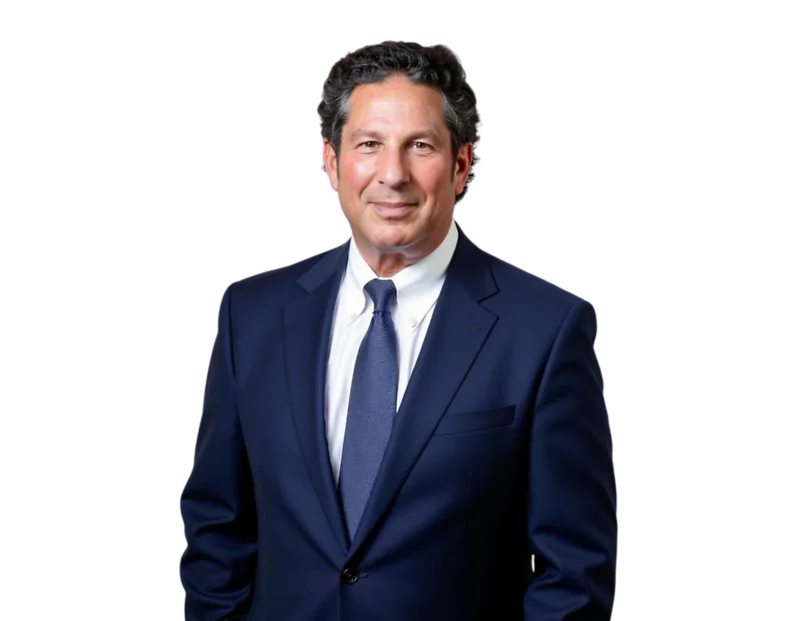The Occupational Safety and Health Administration recently added to its COVID-19 Frequently Asked Questions a recommendation that employers “encourage” their workers to wear face coverings. Previously, OSHA had stopped short of urging employers to mandate masks, instead writing that employees “may choose to wear face coverings as a means of source control.”
This new recommendation is consistent with the guidance from the Centers for Disease Control and Prevention that face coverings should be worn in all public places. It is intended to protect employees from exposure to the coronavirus carried by pre-symptomatic or asymptomatic persons who are still at work because they do not yet know they are infected. However, OSHA points out that masks do not supersede social distancing or personal protective equipment protocols that might already exist, as these practices are generally more effective than mask-wearing to prevent the spread of the virus.
Further, there are some situations when cloth face coverings might be harmful to employees, such as in the presence of dangerous chemicals or extreme heat. In these cases, OSHA recommends that employers provide face shields or surgical masks as an alternative. However, some state OSHA agencies have come out against the use of face shields as an alternative to masks, as the efficacy of face shields to prevent the spread of coronavirus has not been scientifically determined.
Another popular substitute for cloth face masks, the neck gaiter, was discredited as an acceptable alternative in a recent study by Duke University. A neck gaiter is typically made of lightweight, synthetic material and resembles a scarf that may be pulled up to tightly cover the mouth and nose. Although some people prefer to wear gaiters because they restrict breathing less than cloth masks, the study showed that the neck gaiter is far less effective in blocking particles than normal cloth face masks or surgical masks. In fact, the study reported that the gaiter caused a wider dispersion of virus particles when compared to someone not wearing a mask at all, which the study said was “counterproductive.”
While the new OSHA recommendation is not likely to result in face-covering enforcement actions by federal OSHA, more and more state and local authorities are enforcing face-covering requirements. For that reason, and most importantly to help prevent the spread of COVID-19, we generally recommend that employers require their employees to use face masks or cloth face coverings where employees must work within six feet of each other, as well as in common areas of the workplace. However, exceptions should be made in those circumstances where a face shield or other equipment is considered safer, or where an employee is seeking a reasonable accommodation for a disability under the Americans with Disabilities Act or for a religious belief under Title VII of the Civil Rights Act of 1964.
Mollie Smith is a senior and prelaw student at Samford University who is working in Constangy's Atlanta Office.
- Partner
He advises companies on workplace safety programs, regulatory obligations, and strategies to minimize risk and exposure in the event of inspections or enforcement actions.
Bill works closely with employers to develop practical ...
This is Constangy’s flagship law blog, founded in 2010 by Robin Shea, who is chief legal editor and a regular contributor. This nationally recognized blog also features posts from other Constangy attorneys in the areas of immigration, labor relations, and sports law, keeping HR professionals and employers informed about the latest legal trends.





































